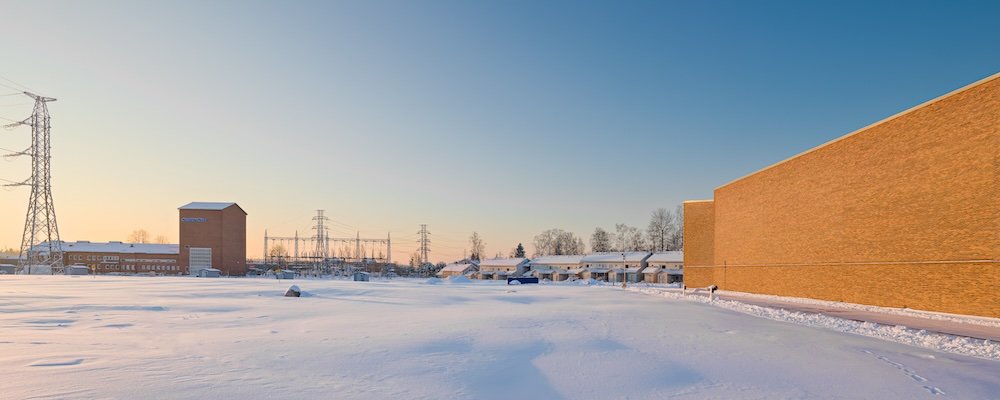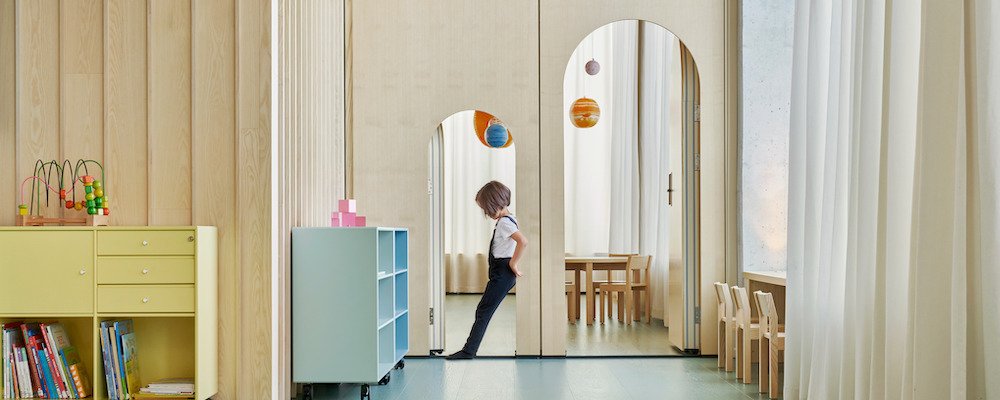Oodi - Helsinki's New Central Library
In just three months, the new Helsinki Central Library Oodi welcomed one million visitors. The new building by ALA Architects has won several prizes too.
Oodi, the new Helsinki Central Library by ALA Architects, that opened in December 2018, has proven to be extremely popular with Helsinki residents and visitors alike. The building welcomed its one millionth visitor already in March 2019 with daily visits on the busiest days topping at 20,000. People come there to spend time, not just to borrow and return books. The Urban Workshop is constantly crowded and the rentable meeting rooms and halls fully booked. Oodi perfectly fulfils its function as a no-threshold community centre open to all. The building also has one of the best terraces in town to enjoy the summer sun.
Additionally, Oodi has gained world-wide publicity, and has recently also been selected both the jury and people’s choice winner of its category “Buildings Over 1,000 SqM” in the 2019 AZ Awards, as well as shortlisted for this year’s WAF Awards, Architizer A+ Awards and EU Mies Award, and longlisted for Dezeen Awards. In Finland Oodi has won the 2018 Steel Structure of the Year award.
Oodi truly represents the new era of libraries. The building in the heart of Helsinki, only a couple of minutes’ walk from the central railway station, consists almost entirely of public space and offers a wide selection of services, mostly free of charge. It is the new central point for the city’s impressive public library network. Its design divides the functions of the building into three distinct levels: an active ground floor, a peaceful upper floor, and an enclosed in-between volume containing the more specific functions. In addition to the library operations and the café and restaurant, Oodi also houses Helsinki Info, the City of Helsinki’s information centre; Europa Experience, the centre for EU related information; Kino Regina, the National Audiovisual Institute’s movie theatre; and Playground Loru.
Oodi opens directly to the surrounding cityscape dissolving the border between indoor and outdoor areas. The Kansalaistori square seamlessly continues under the entrance canopy and into the building. The wooden front facade arches over the ground floor as a dramatic bridge-like structure. The resulting column-free lobby space is suitable for all kinds of events. Even the multipurpose hall can be used as an extension of the lobby. The massive entrance canopy forms a covered outdoor space and allows the building’s functions to expand to the square.
The middle floor consists of flexible rooms, nooks and corners inhabiting the spaces between the trusses of the bridge structure. These enclosed spaces are designed to accommodate group working areas, recording studios, editing rooms and the Urban Workshop with such equipment as 3D printers, laser cutters, soldering irons and sewing machines in the visitors’ use.
On the top floor the best features of a traditional library meet the most recent technologies. The open space is topped with a cloud-like undulating ceiling. The calm atmosphere invites visitors to read, learn and relax. The top floor also offers unobstructed panorama views of the city centre through the floor-to-ceiling windows and from the large terrace on top of the canopy.
The office and logistics spaces are kept to the minimum on the public floors to maximize the accessible nature of the library. The administrative and storage functions of the Helsinki Public Library remain at the main library. The book circulation relies on HelMet, the e-service of the Helsinki Metropolitan Area Libraries with 3.4 million works that can be reserved online and picked up from and returned to any of the 63 public libraries or six bookmobiles in the area.
The spatial concept has been executed by building Oodi as an inhabited bridge spanning over 100 meters over the open ground floor space. The bridge structure consisting of steel trusses and beams is supported by two massive steel arches, tensioned together with a reinforced concrete slab. This innovative solution has enabled the column-free interior spaces and the possible construction of a future road tunnel crossing underneath the building. Secondary steel trusses support the cantilevering balcony and roof canopy asymmetrically from the arch structure.
Oodi has been built using local materials and with local climate conditions in mind. The wooden façades are made from pre-fabricated spruce modules. The complex curved geometry was designed and manufactured using algorithm-aided parametric 3D-design methods. Detailed analysis of façade performance informed the environmental solutions and helped in minimizing the requirement for mechanical environmental control systems. The glass facades allow for large amounts of daylight in the public areas. The optimization of building services enabled the flexibility of the spatial arrangements. The energy consumption level of Oodi is that of a nearly Zero Energy Building (nZEB). Its estimated life span is 150 years. It took three years to build Oodi and its total budget was EUR 98 millions.










